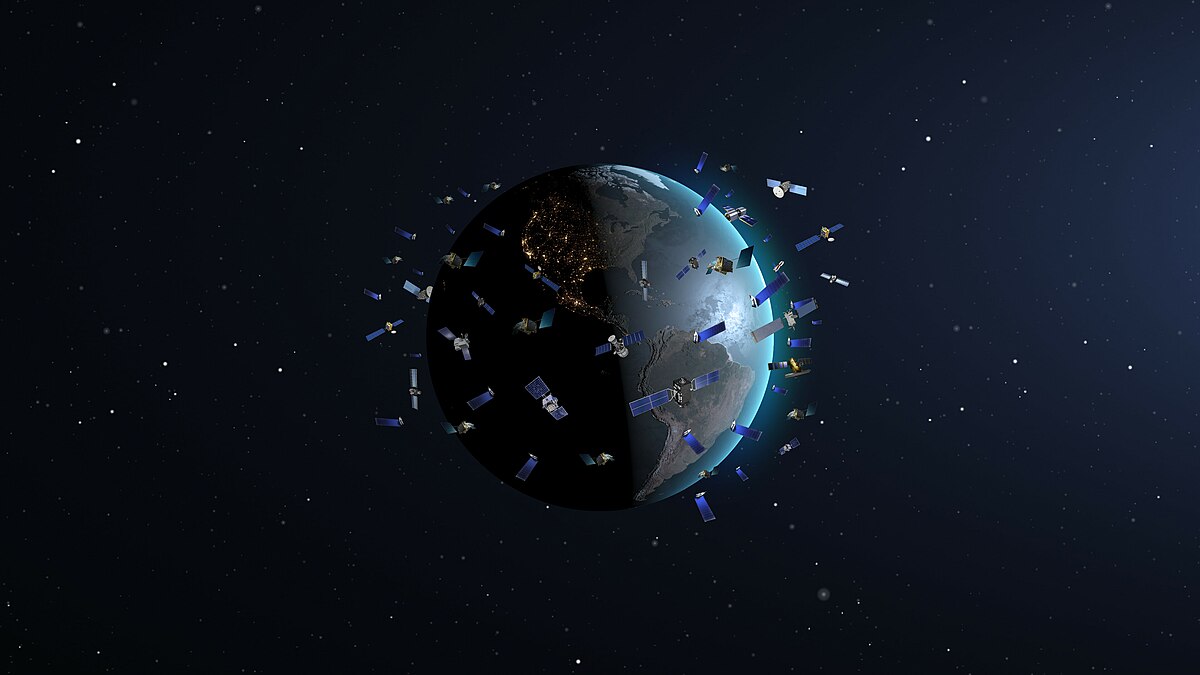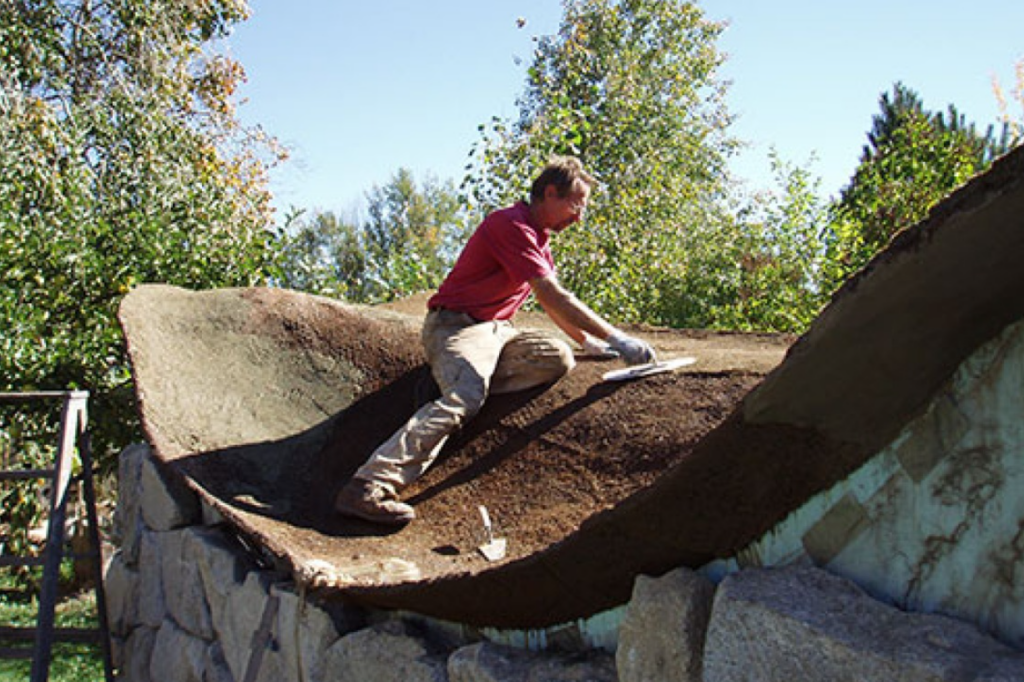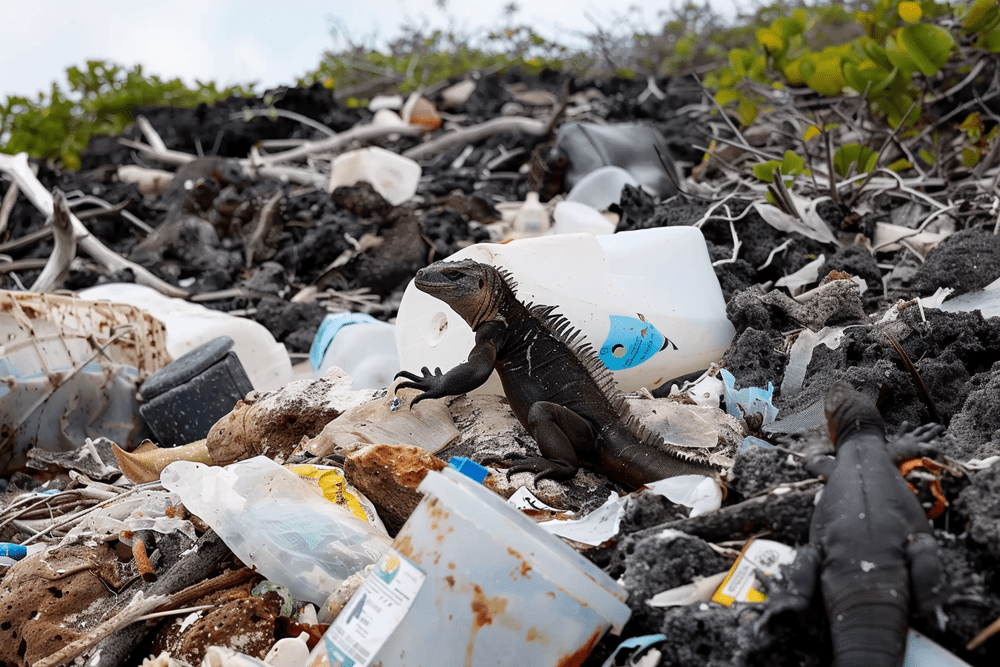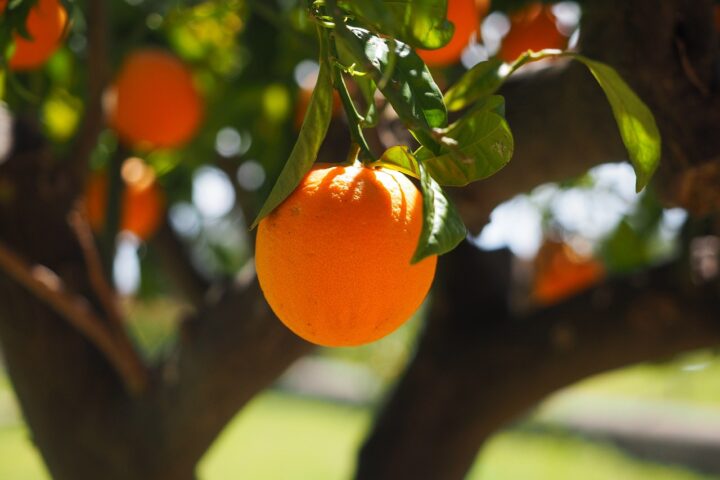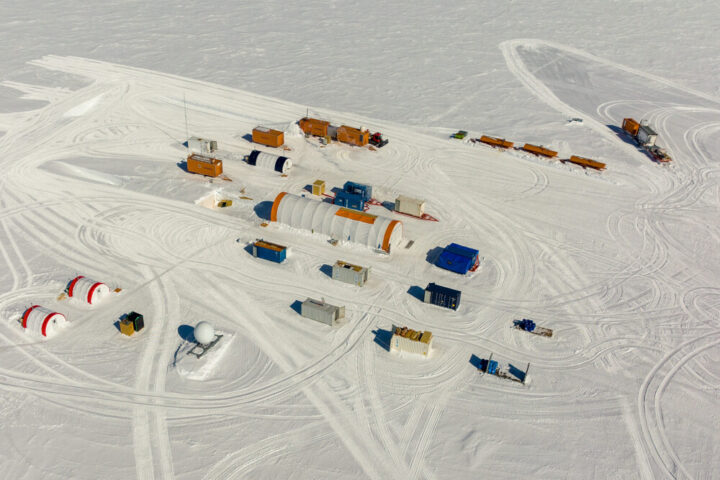To meet the growing demand for global internet service, thousands of satellites, known as “megaconstellations ,” have been launched. Thousands more are planned for the near future. These satellites have a shorter lifespan and burn up on reentry, releasing ozone-destroying pollutants. For the first time, a new study published in AGU’s Geophysical Research Letters has quantified this pollution.
“Only in recent years have people started to think this might become a problem,” said Joseph Wang, researcher from University of Southern California and corresponding author of the new study. “We were one of the first teams to look at what the implication of these facts might be,” he explained.
The 1987 Montreal Protocol successfully regulated ozone-damaging chlorofluorocarbons (CFCs) to protect the ozone layer, which had led to the shrinking of the ozone hole over Antarctica. Recovery is expected in the next fifty years. However, the unanticipated increase in aluminum oxides from satellite reentry may threaten this progress. Aluminum oxides can initiate reactions that destroy stratospheric ozone, which protects Earth from harmful ultraviolet (UV) radiation.
Despite this significant potential impact, little attention has been paid to the pollutants formed when satellites burn in the upper atmosphere. According to Joseph Wang, a researcher in astronautics at the University of Southern California and the corresponding author of the study, it is only in recent years that this issue has been recognized as a potential problem. His team was one of the first to investigate the implications.
Similar Posts
The study found that the demise of one small 250 kg (550 pound) satellite produces 30 kilograms (66 pounds) of aluminum oxides. In 2022, falling satellites released 17 metric tons (18.7 US tons) of aluminum oxide nanoparticles into the atmosphere. Once all planned satellite constellations are fully deployed, around 360 metric tons (397 US tons) of aluminum oxides will be released each year, marking a 646% increase over natural atmospheric levels. The researchers estimate that by the completion of these satellite constellations, 912 metric tons of aluminum (1,000 US tons) will fall to Earth.
The authors of the study are: Jose P. Ferreira (lead author), Ziyu Huang, and Joseph Wang (corresponding author), from the Department of Astronautical Engineering, University of Southern California, Los Angeles, USA; Ken-ichi Nomura, from the Department of Chemical Engineering and Materials Sciences, USC.
